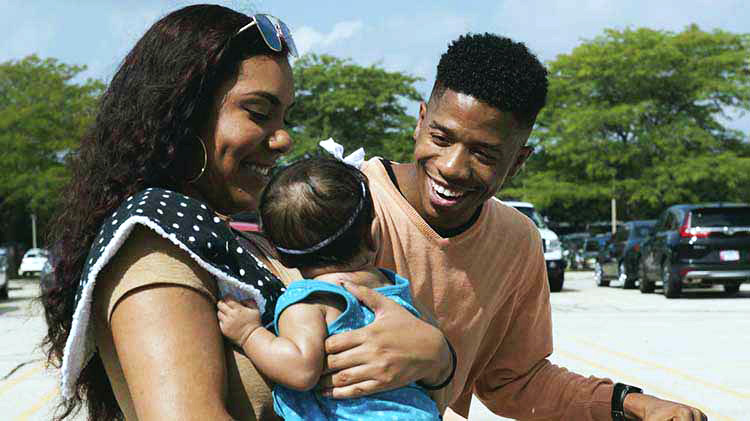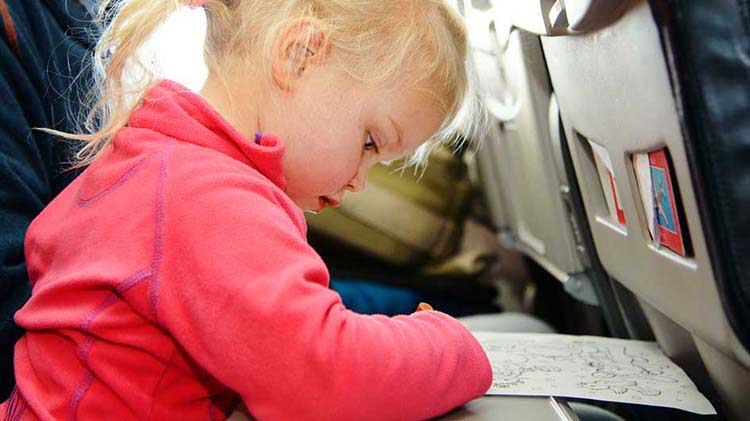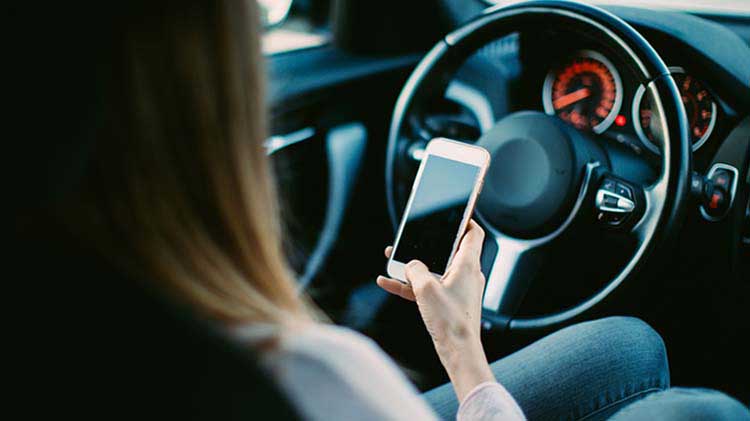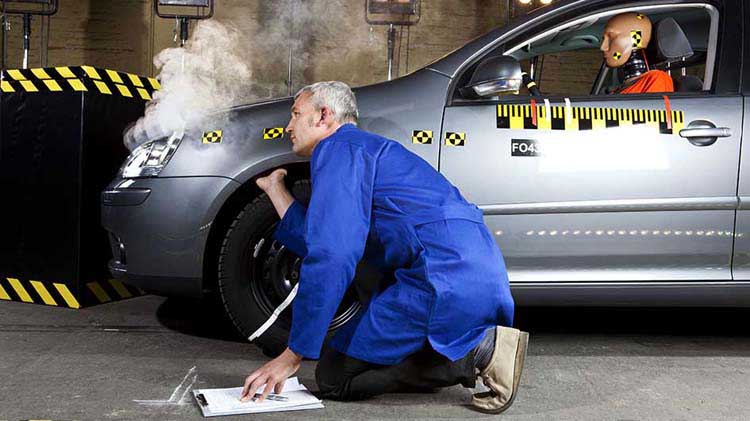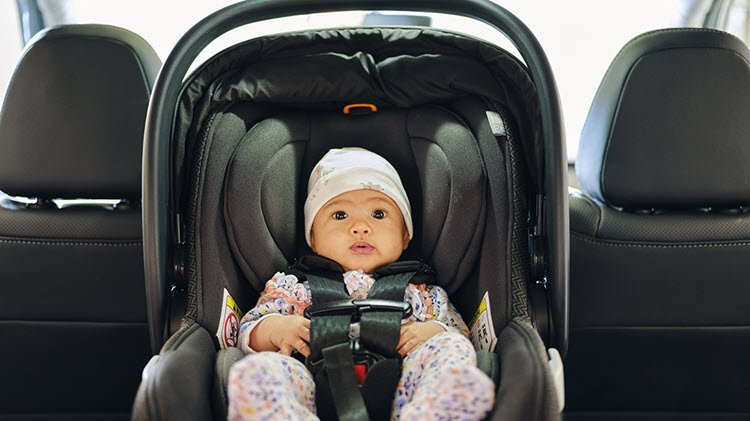Buying the best child car seat
One of your most important parental purchases: the life-saving car seat
In America, the leading cause of death in children is auto crashes. According to the National Highway Traffic Safety Administration, the probability of death can be reduced by 71% in children younger than one year old when they are in a car seat. You can't prevent every bump and bruise but there's one thing that could be the difference between life and death — a properly installed and used car seat.
The most important step is to get the right type of seat for your child's age, height, weight and developmental level. And read your vehicle owner's manual and the labels for the car seats you're considering. Check your state law requirements for car seats to ensure compliance.
Beware of secondhand car seats
Your car seat should have an expiration date stamped on it, and it should be replaced if it’s expired. Car seats are largely manufactured from plastic, which degrades over time — especially due to factors like heat and cold. Degradation of plastic makes it brittle, reducing its safety effectiveness. Never buy a used car seat. You may think you’re getting a bargain, but it may be missing parts or have been in a crash.
Choose the right car seat
There are three basic types of car seats: rear facing, forward facing and booster. Then there are thousands of models to choose from for each type of seat. All seats have to meet the same federal car seat safety standards. And as your child grows, you may think they have outgrown their current seat or is big enough to sit forward-facing and that it's time to purchase the next seat. Whether your child should move to another seat, however, depends on their height and weight, not age. Always read the labels of your seats. There is a lot to consider. Let's break it down and look at the different types of car seats.
1. Rear facing car seat
This infant car seat is for the youngest children. The harness moves with the child during a crash while protecting their neck and spinal cord. It's best to keep your child in a rear-facing seat until they reach the manufacturer’s height and weight requirements.
2. Forward facing car seat
When the child outgrows a rear-facing seat, they will move into a forward-facing seat. This seat's harness limits the child's movement during an accident. They should be in a seat with a harness that can be worn as long as possible.
3. Booster seat
Once the child's weight or height exceeds those for a forward-facing seat, they can move in to a booster seat. This seat uses the vehicle's seat belt. The booster lifts the child up a little higher so that the seat belt fits properly over the lap and shoulders. The booster seat will be the last phase of car seats you need to purchase for your child.
Buying a car seat
Once you understand the federal car seat safety guidelines and the different types of car seats, which model are you going to pick? Expensive does not mean better. A convertible car seat goes from rear-facing to forward-facing — so you get one seat that can last a little longer. And an all in one might work even better as this type of seat usually goes from rear-facing to front-facing to booster. Buy one that fits within your family’s budget, you will use correctly every time and is appropriate for your child.
Will insurance pay for a car seat after an accident?
If you've been in an accident, make sure that the car seat is safe to use before putting a child back in it. The National Highway Traffic Safety Administration recommends replacing seats after a moderate or severe crash. Car seats don't automatically need to be replaced following a minor crash. A minor crash typically means you can drive away from the accident, none of the air bags were deployed and no one was injured in the collision. If you do need a new seat, it might be covered by your auto insurance policy. Talk to your State Farm agent or claim rep for more information about your policy’s car seat replacement coverage.
Installing a car seat
Installing a car seat correctly is an important component of maintaining an environment of car seat and child passenger safety. By following the instructions provided with your car seat, you should be able to properly install it. However, if you're not sure about installation, consult an expert by calling the car seat manufacturer's customer service center as many of them are certified technicians. You can also attend a local car seat checkup event.
And put that car seat in the back seat — never upfront — airbags can cause injury, even to a child in a car seat. Here are other resources for even more information:
- Safe Kids Ultimate Car Seat Guide
- Children's Hospital of Philadelphia Car Seat & Child Passenger Safety Videos
- Healthy Children's Car Seats: Information for Families
Your children are your most precious gifts. Using car seats can keep them safe as you travel down the road.
